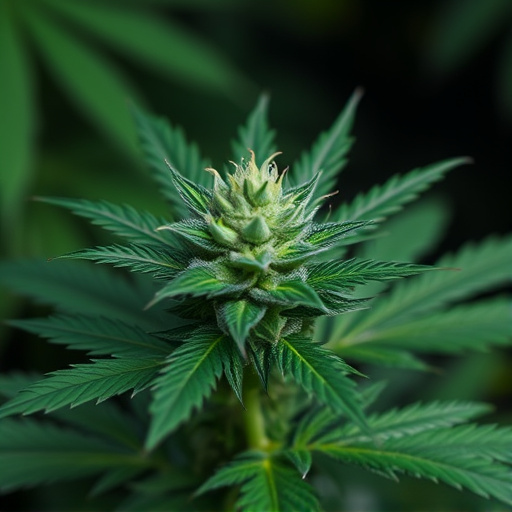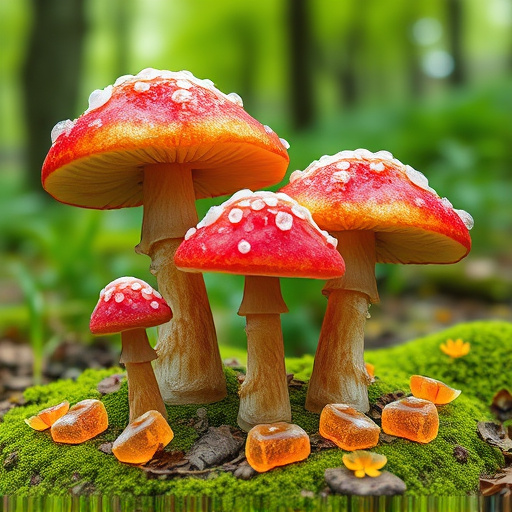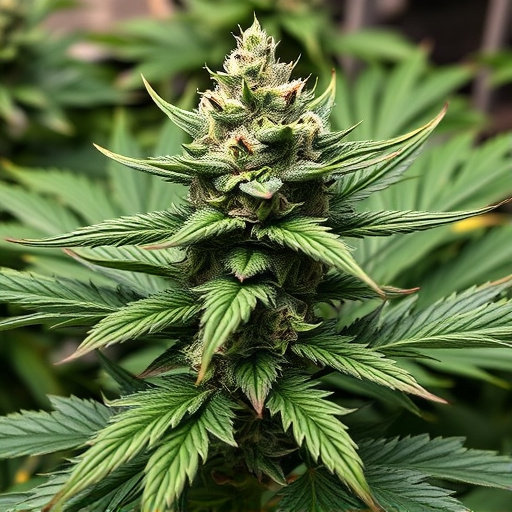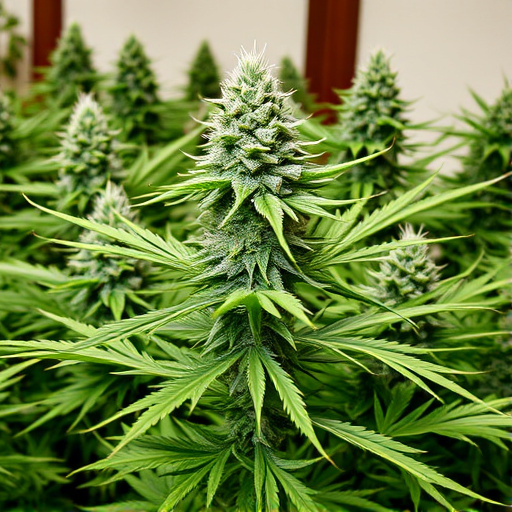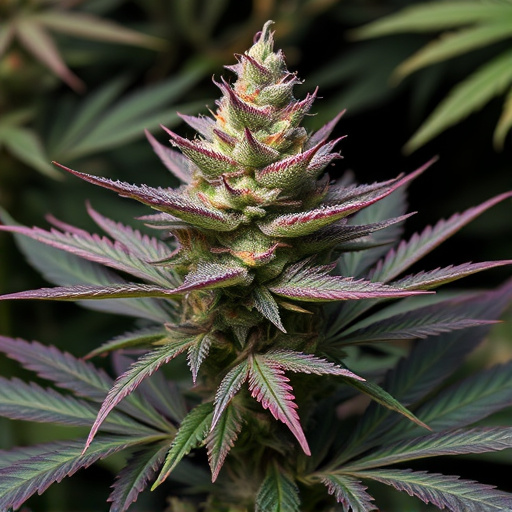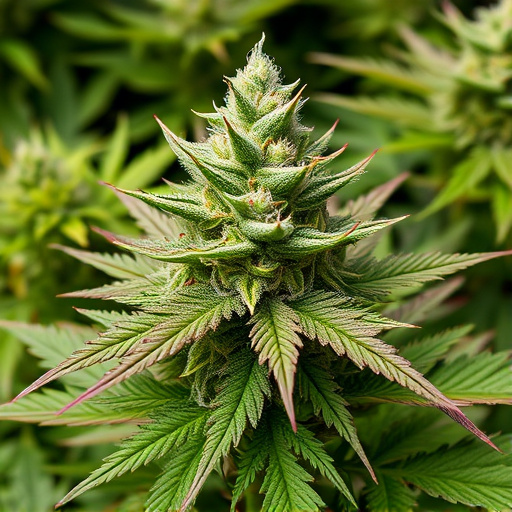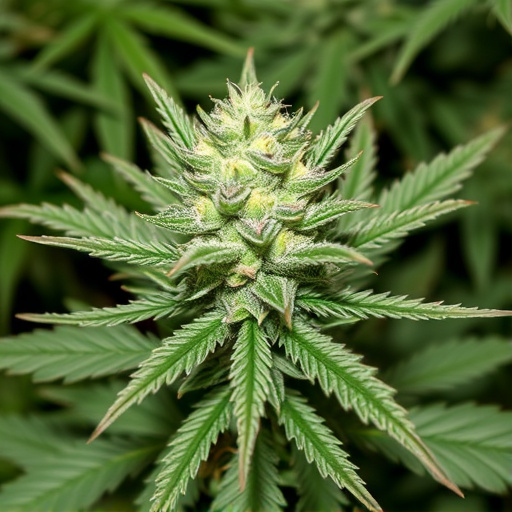Cannabis consumption, especially through classic cannabis strains, offers immediate benefits such as heightened sensory perception, increased appetite, relaxation, and reduced anxiety, but also carries potential health risks. Short-term effects include red eyes, dry mouth, dizziness, and impaired coordination. Long-term use may lead to respiratory issues, cognitive impairment, and mental health problems like psychosis, particularly in those with predispositions. Classic cannabis strains vary in effect; Sativas boost energy but can induce anxiety, Indicas promote relaxation but may cause cognitive impairment, while hybrids offer a balance. Physical side effects range from dry mouth to lung health concerns due to non-smoking consumption methods.
“Uncovering the Hidden Costs: Exploring the Side Effects of Smoking Weed delves into the multifaceted impact of cannabis consumption. From immediate short-term effects to potential long-term health risks, this article provides a comprehensive overview. We examine how different substances can affect mental and physical well-being, with a special focus on the varying impacts of classic cannabis strains. Understanding these side effects is crucial for making informed decisions regarding cannabis use.”
- Short-Term Effects of Cannabis Consumption
- Potential Long-Term Health Implications
- The Impact on Mental and Physical Well-being: A Comprehensive Look at Classic Cannabis Strains
Short-Term Effects of Cannabis Consumption
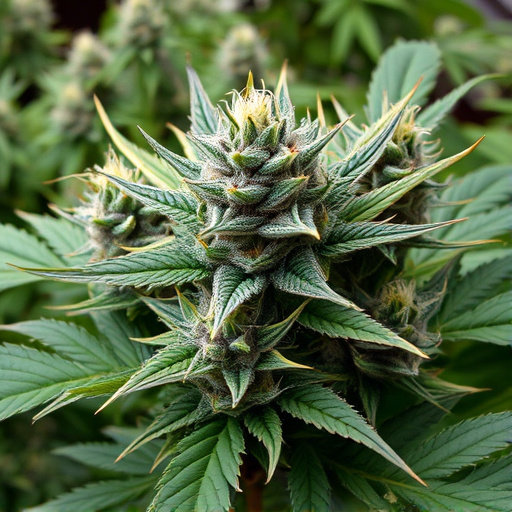
Cannabis consumption, especially through popular classic cannabis strains, can have immediate and noticeable effects on the body and mind. In the short term, users may experience heightened sensory perception, often described as enhanced flavors and aromas. This altered state can also lead to increased appetite, making it a common perception that smoking weed stimulates hunger. Additionally, relaxation is a prominent feeling, which can result in reduced anxiety and stress levels. Physical effects include red eyes, a dry mouth, and sometimes dizziness or lightheadedness. Coordination and balance may also be slightly impaired, affecting motor skills temporarily. These immediate impacts are often what draw users to cannabis, particularly those seeking relief from stress or looking to unwind after a long day.
Potential Long-Term Health Implications

While short-term effects of smoking weed may include relaxation and altered perception, long-term use can lead to potential health implications that often go overlooked. Studies suggest chronic cannabis use could be linked to respiratory issues, similar to those experienced by smokers of traditional cigarettes. This is especially relevant when considering the growing popularity of classic cannabis strains known for their high THC content, which can exacerbate breathing problems over time.
Additionally, there’s emerging research indicating long-term marijuana use may impact cognitive functions and mental health. Some studies point towards a higher risk of psychosis or exacerbation of existing psychotic disorders in individuals who regularly consume cannabis. These findings underscore the importance of understanding both the immediate and potential long-term effects of substance use, especially as more people turn to classic cannabis strains for recreational or medicinal purposes.
The Impact on Mental and Physical Well-being: A Comprehensive Look at Classic Cannabis Strains

Smoking weed, or cannabis, can have significant effects on both mental and physical well-being, with variations depending on the specific strain. Classic cannabis strains, known for their distinct characteristics, offer a range of experiences. Sativa strains, often associated with energy and creativity, may induce feelings of euphoria and heightened senses, but they can also lead to increased anxiety or paranoia in some users. Indica, on the other hand, promotes relaxation and is favored for its sedative properties, potentially alleviating stress and muscle tension. However, it might cause cognitive impairment and a sense of lethargy. Hybrid strains combine traits from both sativa and indica, offering a balanced experience—a blend of mental stimulation and physical relaxation.
The impact of cannabis on mental health is complex. Short-term effects may include altered perception, heightened creativity, and improved mood. However, regular use could lead to more significant issues such as psychosis or cognitive impairment, especially in individuals with predispositions to mental health disorders. Physical side effects can range from dry mouth and eyes to respiratory issues due to the smoke. The long-term impact on lung health is a growing area of concern, particularly with the rise in cannabis consumption methods that avoid smoking, like vaping or edibles.
While the allure of cannabis, or weed, as a recreational drug is undeniable, it’s crucial to understand its potential side effects. From short-term impairment to long-term mental and physical health implications, even the so-called harmless “classic cannabis strains” can have significant impacts. Awareness and responsible use are paramount, especially considering the growing legalizations worldwide. By weighing the risks against benefits, individuals can make informed decisions regarding their well-being and avoid adverse consequences.

